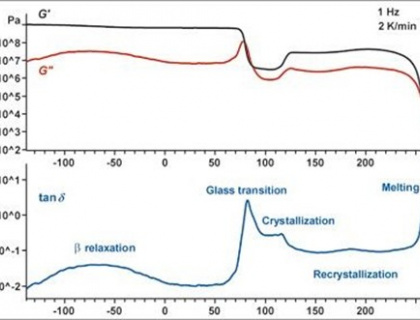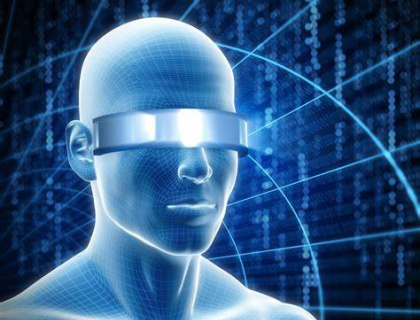3D scanning is the process of capturing the shape, size, and geometry of an object or environment in three dimensions using specialized scanning equipment. The equipment used for 3D scanning can range from handheld devices to large, stationary systems, and may use a variety of technologies such as laser scanning, structured light scanning, or photogrammetry.
The 3D scanning process typically involves the following steps:
The resulting 3D models created through scanning can be used for a wide range of applications, including product design, reverse engineering, quality control, and virtual reality. 3D scanning is particularly useful for capturing complex geometries or detailed surfaces that would be difficult or impossible to capture using traditional measurement techniques.

Mechanical analyses refer to the study and characterization of the physical properties of materials or systems under mechanical stress, deformation or loading.
Read moreMechanical analyses refer to the testing or analysis of the mechanical properties and behavior of materials or structures under applied stress, deformation, or load.
Read more
Virtual reality (VR) is a technology that allows users to experience a computer-generated 3D environment as if they were present within it. In the context of design offices, VR can be used to enhance the design process by providing designers with an immersive, interactive, and collaborative environment in which to view and evaluate their designs.
Read more